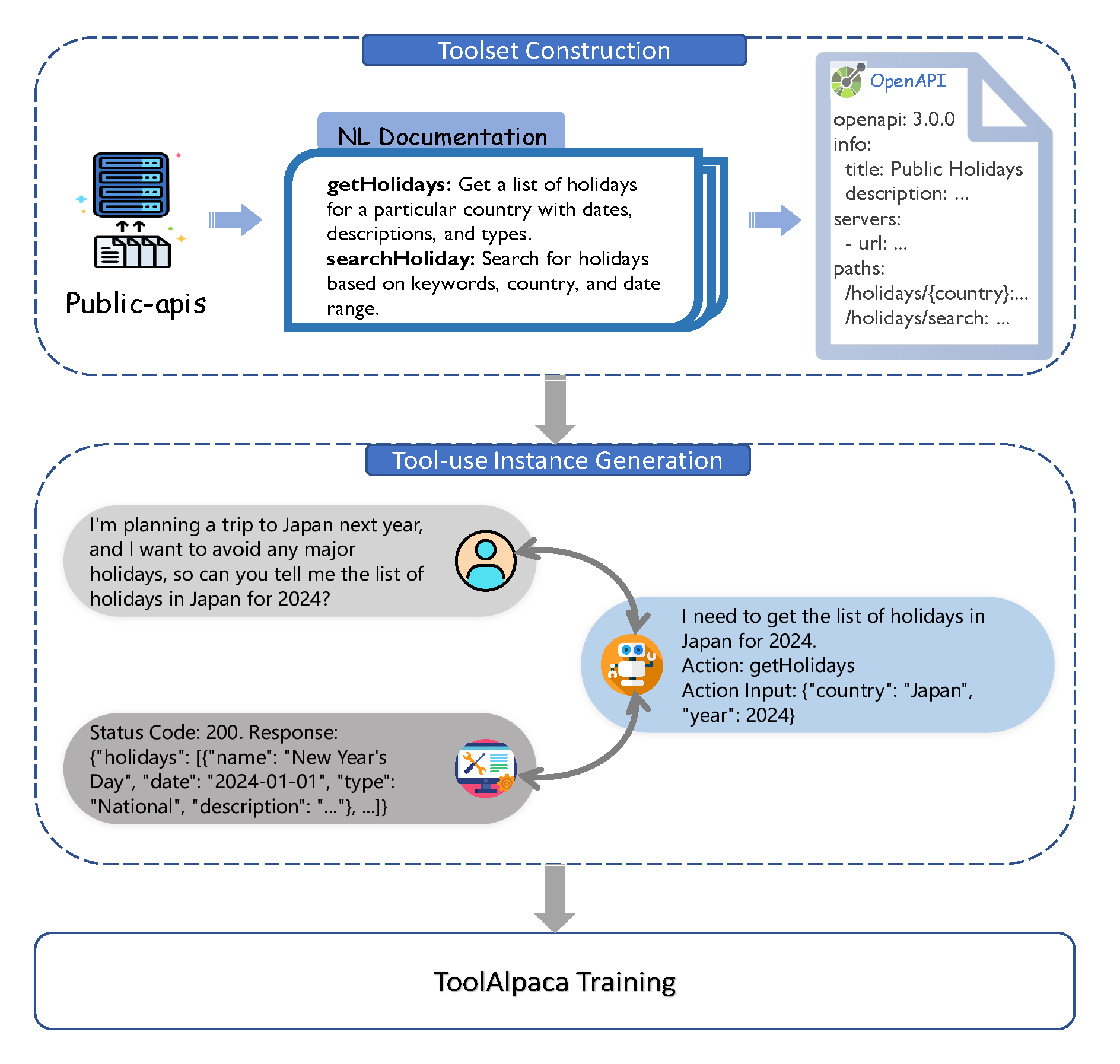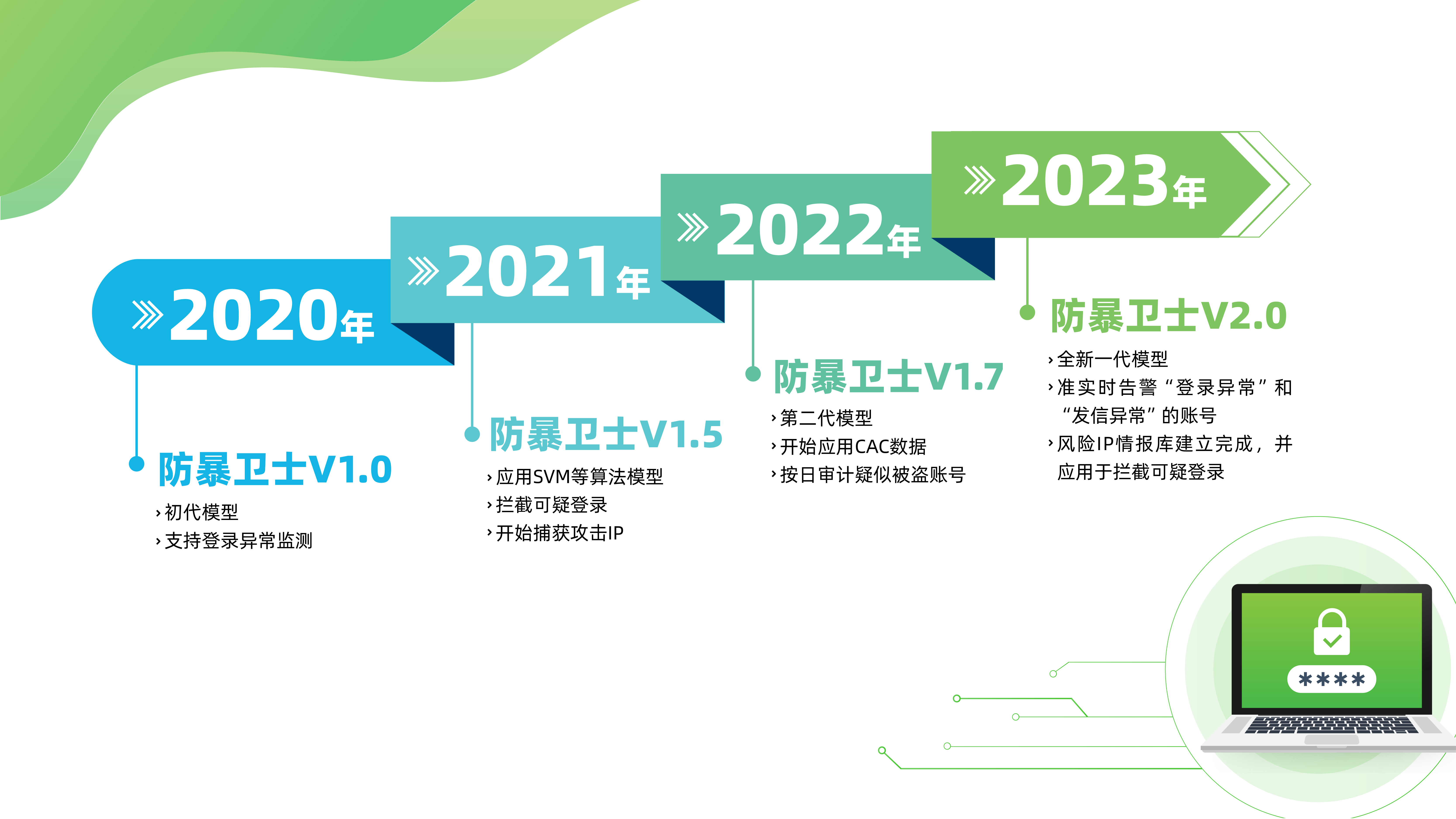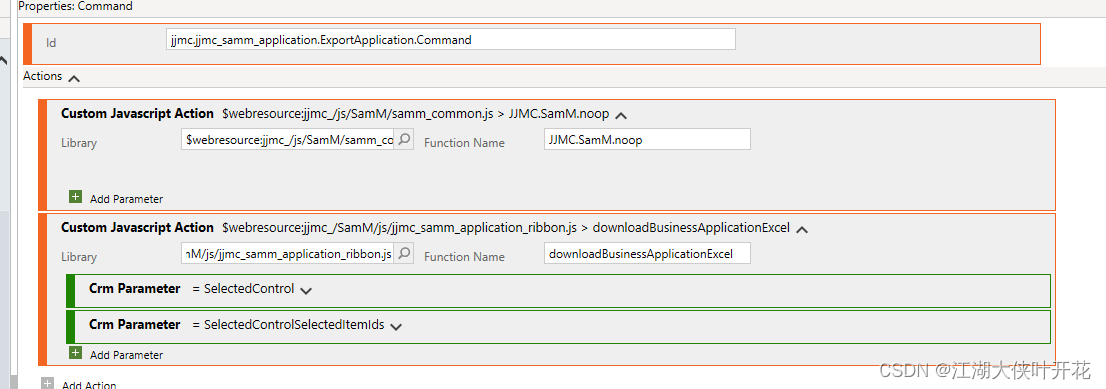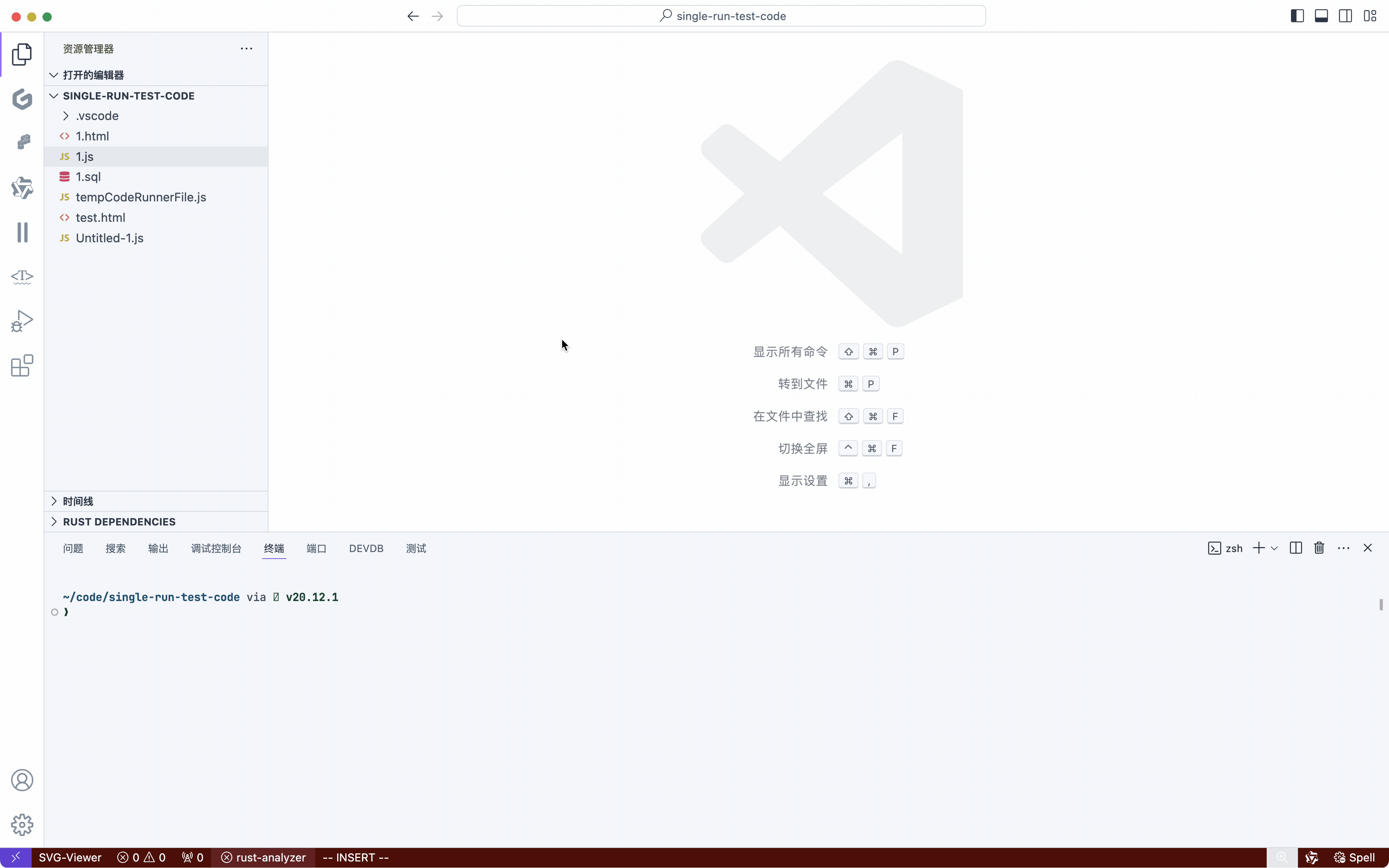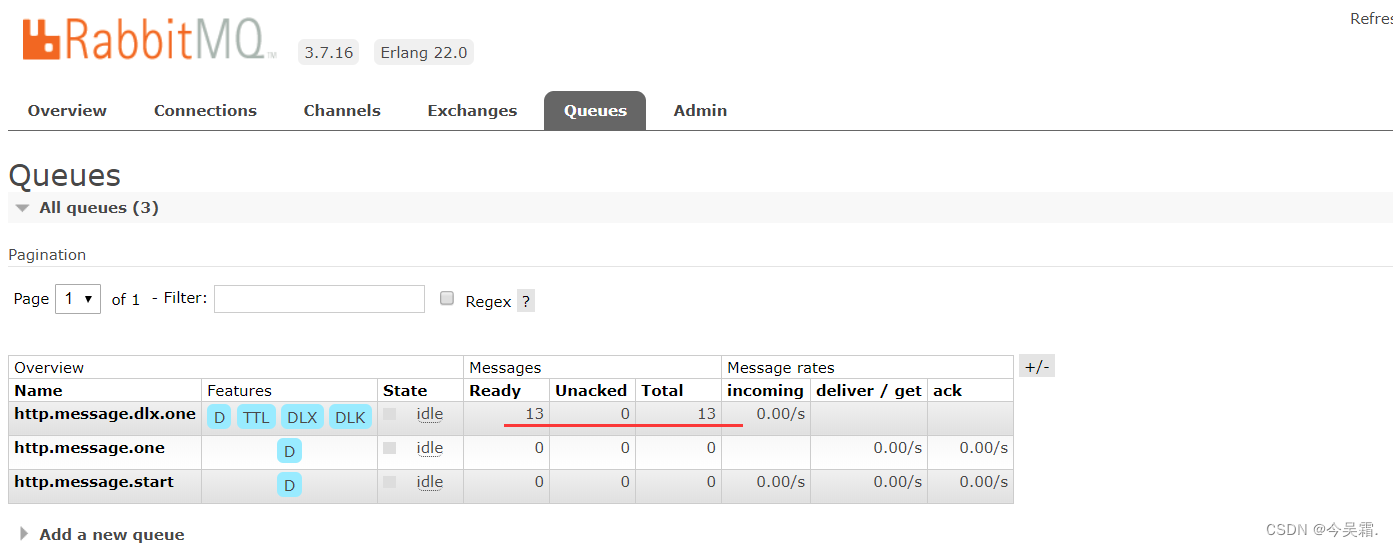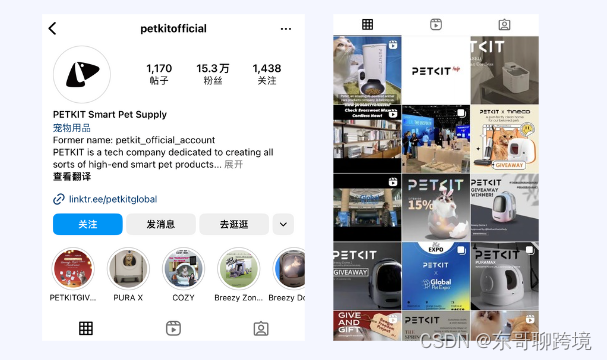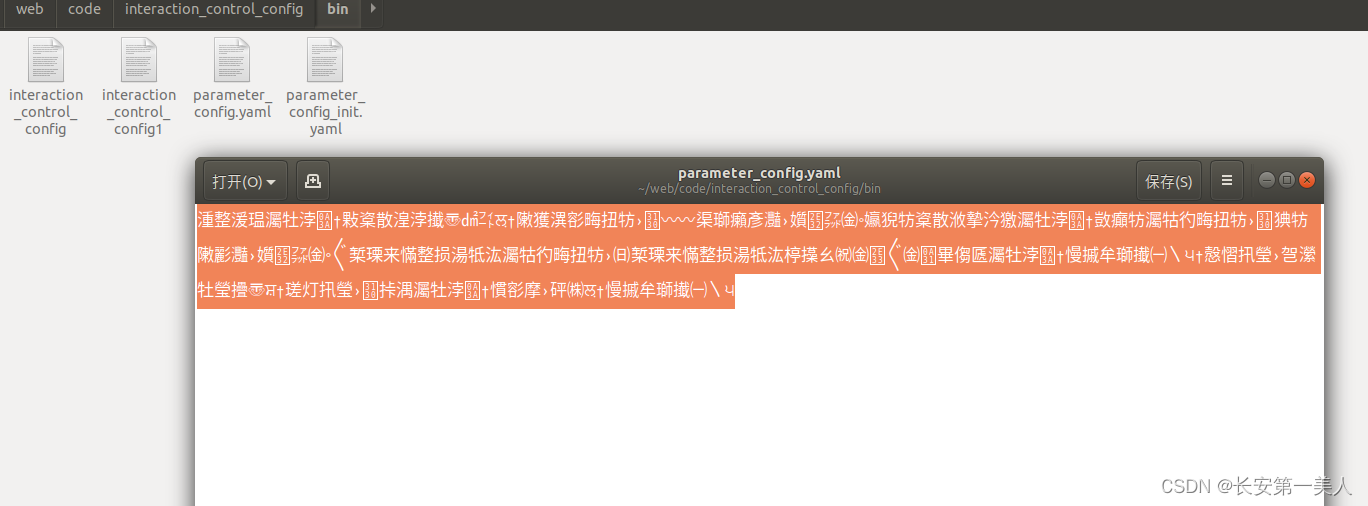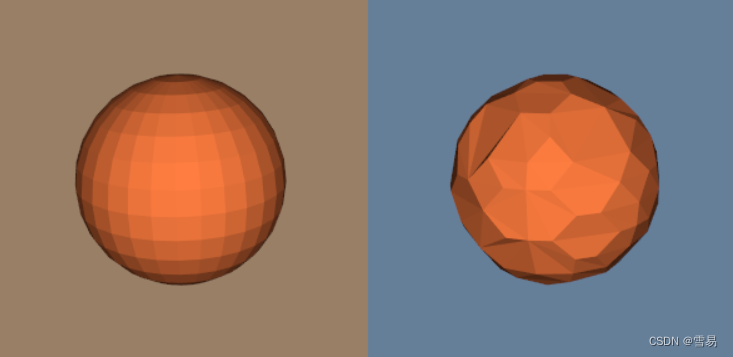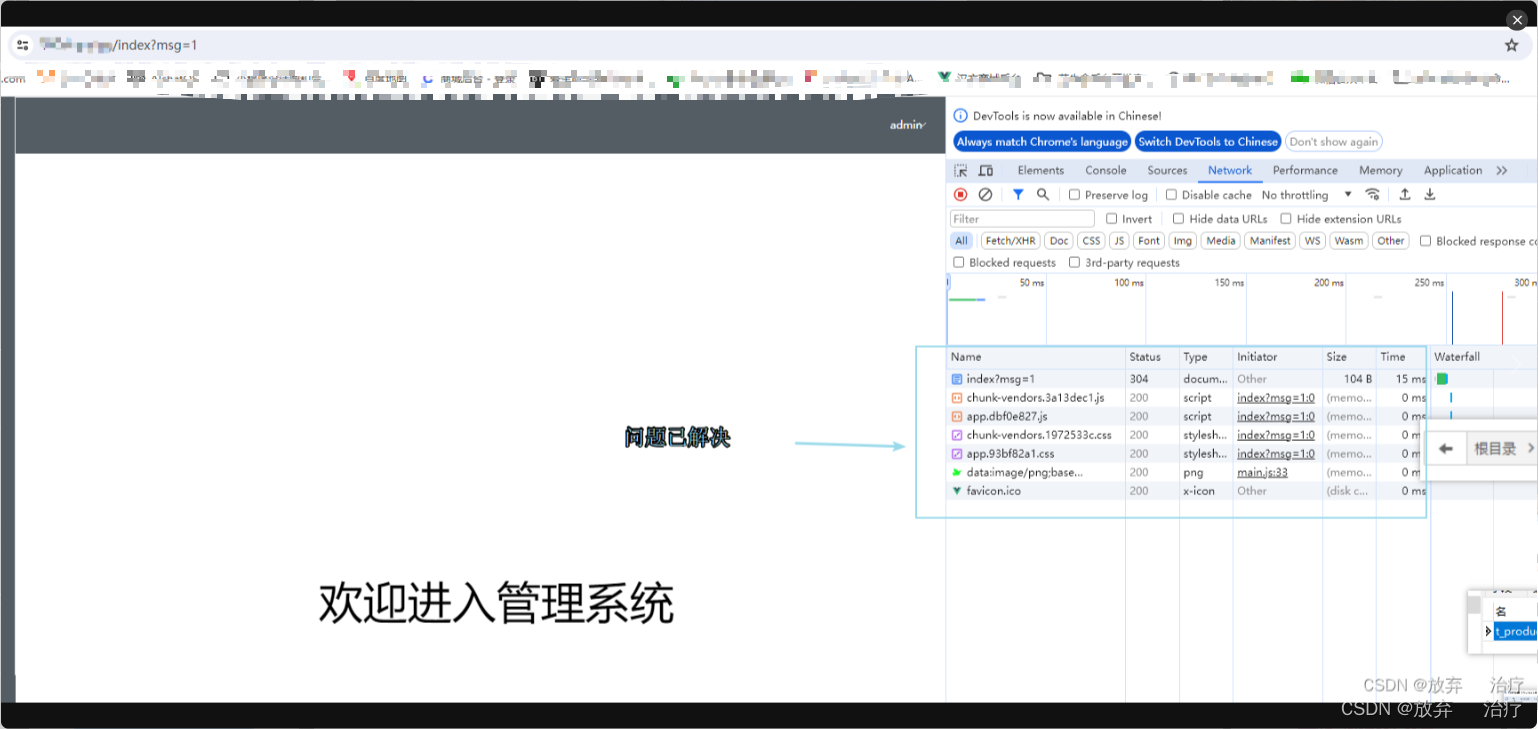如果只需要在单个应用程序中使用本地缓存,则可以选择Ehcache;它支持内存和磁盘存储,这里不以注解方式演示,通过自己实现缓存管理者灵活控制缓存的读写;
1、引入相关依赖
<!-- ehcache3集成start -->
<dependency>
<groupId>org.ehcache</groupId>
<artifactId>ehcache</artifactId>
<version>3.10.8</version>
</dependency>
<dependency>
<groupId>javax.cache</groupId>
<artifactId>cache-api</artifactId>
</dependency>
<!-- ehcache3集成end -->2、修改yml配置
spring:
cache:
type: jcache
jcache:
config: classpath:cache/ehcache.xml3、配置ehcache.xml文件
<config xmlns:xsi="http://www.w3.org/2001/XMLSchema-instance"
xmlns="http://www.ehcache.org/v3"
xsi:schemaLocation="http://www.ehcache.org/v3 http://www.ehcache.org/schema/ehcache-core-3.0.xsd">
<!-- 缓存持久化配置: 定义磁盘缓存位置 -->
<persistence directory="E:/project_home/limit_control/cache/light-element-mybatis"/>
<!-- 缓存模板: 未填写缓存名时使用的默认缓存,同时也可被继承 -->
<cache-template name="defaultCache">
<key-type>java.lang.String</key-type>
<value-type>java.lang.Object</value-type>
<resources>
<heap unit="MB">64</heap>
<offheap unit="MB">128</offheap>
</resources>
</cache-template>
<!-- 缓存列表: 自定义缓存配置 -->
<!-- 不过期 -->
<cache alias="EXPIRE_NONE" uses-template="defaultCache"/>
<!-- 24小时过期 -->
<cache alias="EXPIRE_24_HOURS" uses-template="defaultCache">
<expiry>
<ttl unit="hours">24</ttl>
</expiry>
</cache>
<!-- 30分钟过期 -->
<cache alias="EXPIRE_30_MINUTES" uses-template="defaultCache">
<expiry>
<ttl unit="minutes">30</ttl>
</expiry>
</cache>
</config>4、编写缓存策略枚举
public enum CacheStrategy {
EXPIRE_30_MINUTES,
EXPIRE_24_HOURS,
EXPIRE_NONE
}5、编写缓存管理者,来控制缓存的增删改查
import com.alibaba.fastjson.JSON;
import org.springframework.cache.Cache;
import org.springframework.cache.CacheManager;
import org.springframework.cache.annotation.EnableCaching;
import org.springframework.context.annotation.Configuration;
import java.util.List;
/**
* ehcache3缓存管理者
*/
@Configuration
@EnableCaching
public class EhCacheManager {
private static CacheManager cacheManager;
public EhCacheManager(CacheManager cacheManager) {
EhCacheManager.cacheManager = cacheManager;
}
/**
* 获取默认缓存
*
* @return
*/
public static Cache getDefaultCache() {
return getCache("EXPIRE_24_HOURS");
}
/**
* 获取指定缓存
*
* @param cacheName 缓存名称
* @return
*/
public static Cache getCache(String cacheName) {
if (cacheManager == null) {
return null;
}
return cacheManager.getCache(cacheName);
}
/**
* 获取缓存内容(对象)
*
* @param cacheName 缓存名称
* @param key 键
* @param clazz<T> class类型
* @return
*/
public static <T extends Object> T getObjValue(String cacheName, String key, Class<T> clazz) {
Object o = getValue(cacheName, key);
if (o == null) {
return null;
}
T t = (T) JSON.parseObject(JSON.toJSONString(o), clazz);
return t;
}
/**
* 获取缓存内容(集合)
*
* @param cacheName 缓存名称
* @param key 键
* @param clazz<T> class类型
* @return
*/
public static <T extends Object> List<T> getListValue(String cacheName, String key, Class<T> clazz) {
Object o = getValue(cacheName, key);
if (o == null) {
return null;
}
List<T> ts = JSON.parseArray(JSON.toJSONString(o), clazz);
return ts;
}
/**
* 获取缓存内容
*
* @param cacheName
* @param key
* @return
*/
private static Object getValue(String cacheName, String key) {
Cache cache = getCache(cacheName);
if (cache == null && cache.get(key) == null) {
return null;
}
Cache.ValueWrapper valueWrapper = cache.get(key);
if (valueWrapper == null) {
return null;
}
Object o = valueWrapper.get();
if (o == null) {
return null;
}
return o;
}
/**
* 新增或修改缓存数据
*
* @param cacheName 缓存名称
* @param key 键
* @param value 值
*/
public static void put(String cacheName, String key, Object value) {
Cache cache = getCache(cacheName);
if (cache == null) {
return;
}
cache.put(key, value);
}
/**
* 删除缓存数据
*
* @param cacheName 缓存名称
* @param key 键
*/
public static void del(String cacheName, String key) {
Cache cache = getCache(cacheName);
if (cache == null) {
return;
}
cache.evict(key);
}
}6、编写controller进行简单测试
import cn.hutool.core.collection.CollectionUtil;
import com.yx.light.element.mybatis.cache.CacheStrategy;
import com.yx.light.element.mybatis.cache.EhCacheManager;
import com.yx.light.element.mybatis.mapper.entity.GroupHeader;
import lombok.extern.slf4j.Slf4j;
import org.springframework.web.bind.annotation.GetMapping;
import org.springframework.web.bind.annotation.RequestMapping;
import org.springframework.web.bind.annotation.RestController;
import java.util.ArrayList;
import java.util.List;
@RestController
@RequestMapping(value = "/index")
@Slf4j
public class IndexController {
@GetMapping(value = "/list")
public List<GroupHeader> list() {
List<GroupHeader> listValue = EhCacheManager.getListValue(CacheStrategy.EXPIRE_30_MINUTES.name(), "list", GroupHeader.class);
if (CollectionUtil.isEmpty(listValue)) {
log.info("集合缓存不存在或已过期,查询数据库!");
//模拟查库
List<GroupHeader> objects = new ArrayList<>();
for (int i = 0; i < 5; i++) {
GroupHeader groupHeader = new GroupHeader();
groupHeader.setGroupCode("aaaaa-" + i);
groupHeader.setGroupName("多个对象" + i);
objects.add(groupHeader);
}
listValue = objects;
EhCacheManager.put(CacheStrategy.EXPIRE_30_MINUTES.name(), "list", listValue);
log.info("集合数据加载到缓存!");
} else {
log.info("从集合缓存中直接获取数据!");
}
return listValue;
}
@GetMapping(value = "/one")
public GroupHeader one() {
GroupHeader objValue = EhCacheManager.getObjValue(CacheStrategy.EXPIRE_30_MINUTES.name(), "obj", GroupHeader.class);
if (objValue == null) {
log.info("对象缓存不存在或已过期,查询数据库!");
//模拟查库
GroupHeader groupHeader = new GroupHeader();
groupHeader.setGroupCode("aaaaa");
groupHeader.setGroupName("单个对象");
objValue = groupHeader;
EhCacheManager.put(CacheStrategy.EXPIRE_30_MINUTES.name(), "obj", groupHeader);
log.info("对象数据加载到缓存!");
} else {
log.info("从对象缓存中直接获取数据!");
}
return objValue;
}
@GetMapping(value = "/del")
public void del() {
log.info("清理对象缓存!");
EhCacheManager.del(CacheStrategy.EXPIRE_30_MINUTES.name(), "obj");
}
}7、分别调用接口查看日志打印






